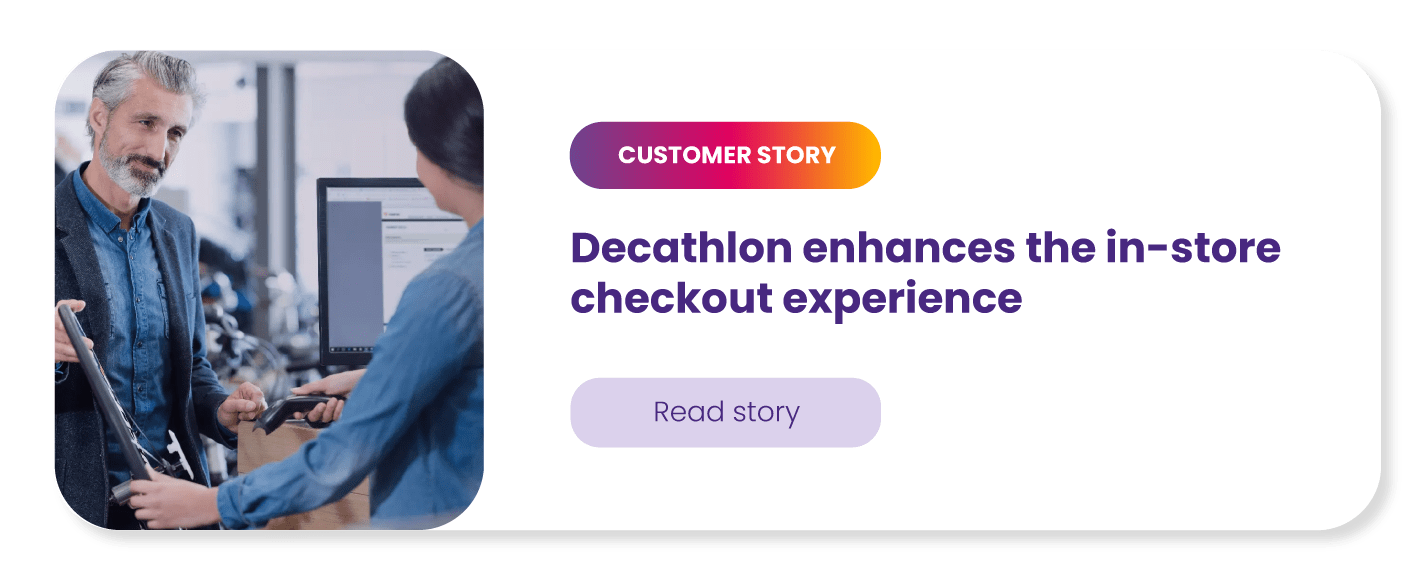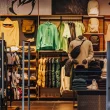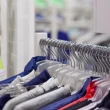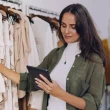Retailers Bridge the Gap with Online Shoppers through Remote Clienteling
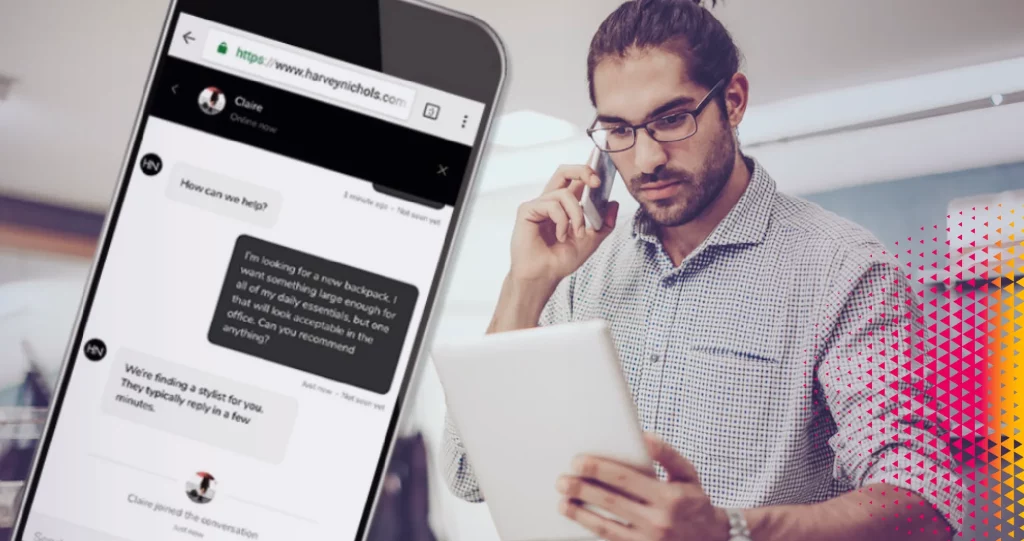
Remote clienteling is becoming increasingly popular among retailers as a method to seamlessly bridge the gap between online and offline shopping experiences. By integrating video chat, clienteling, home delivery, and click & collect, remote clienteling provides shoppers with a contactless yet personalized experience, crucial in these unprecedented times.
Remote Clienteling
Remote clienteling is gaining traction by providing what traditional eCommerce cannot: a way for sales associates to connect with shoppers through live video chat, fostering personal relationships and increasing the likelihood of repeat purchases, even without face-to-face interactions. This is especially beneficial when visiting the store is inconvenient for customers or, as seen during the recent COVID-19 lockdowns, when stores are closed.
Petit bateau
French children’s clothing brand Petit Bateau, which recently reopened its stores in France post-lockdown, has enhanced the Click & Collect concept with a video call sales assistance service called “Call and Collect.” Customers call a store and are guided through the in-store collection by a sales assistant via video chat. Payment is processed on the smartphone, and customers can choose to pick up their order in-store or have it delivered to their home.
John Lewis
British department store chain John Lewis offers a virtual assistance service where expectant mothers can book a free one-hour video call with a “nursery advisor” to receive advice and a personalized birth list, which is then emailed to them.
By focusing on personal attention, high-end fashion retailers have pioneered virtual personal services. Harvey Nichols, for example, offers the “Ask an Expert” service, which allows sales associates to live stream from the workshop, send photos of the latest collections, and provide personalized advice on specific questions, such as what to wear for an interview.
